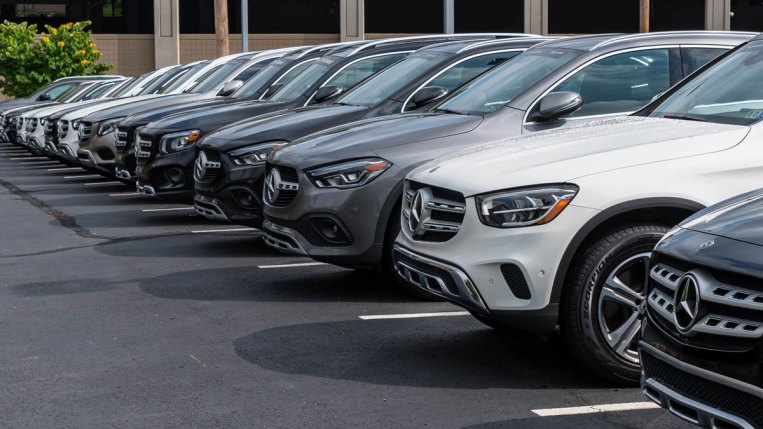
Car dealers depend on cars coming to the end of their lease period to keep the Certified Pre-Owned (CPO) car market fueled with low-mileage cars in good shape. So fewer leased cars mean fewer CPO cars down the line, which can ultimately drive up used car prices.
But the lowered lease figures may ease this year.
Related: Car Leasing Guide — How to Lease a Vehicle
Cox Automotive projects that leasing will make up 21% of new car sales in 2023.
Why People Have Stopped Leasing Cars
Prices for both new and used cars soared in 2022.
A global shortage of microchips left automakers unable to build as many cars as Americans wanted to buy, pushing new car prices higher.
That sent would-be new car buyers, with their higher budgets, into the used car market. That pushed used car prices higher, as well.
Many customers have traditionally leased car after car. As one lease ends, they roll into a new lease for a new car.
Lease payments are typically lower than the payments it takes to purchase a car. Leasing requires a driver to agree to mileage limits. But, for those with good credit who can honor the limits, leasing keeps monthly payments low and keeps them in a series of relatively new cars for years at affordable prices.
But, when a lease ends, the driver typically has the right to buy the car at a price set when the lease began. The strange market conditions of 2022 left many drivers coming to the end of a lease with the option to buy the car for a price lower than its current market value.
Many lessees took the deal, breaking the cycle of lease after lease. They now own their cars and have no need to lease another.
What Could Re-Ignite the Lease Market
The cycle of rising prices has begun to ease. Used car prices have been falling for several months. The nationwide supply of used cars has begun to recover and will likely reach pre-pandemic levels this year.
But new car prices are still rising. That trend is likely to continue, with the chip shortage dragging on into 2023 and rising interest rates fueling a market where only wealthier, higher-credit consumers can buy new cars.
Those high prices could lead more buyers to eye the lower monthly payments of a lease. According to Charlie Chesbrough, senior economist at Kelley Blue Book parent Cox Automotive, “Affordability is going to be a growing issue.”
But, Chesbrough says, inventory problems are starting to ease. Domestic automakers, in particular, are starting to rebuild their inventories. If they need to attract customers with discounts, they could try to restart the stalled leasing cycle.
“There may be a little bit more pressure to be a little bit more aggressive [on leasing] for the Detroit 3,” he says.







